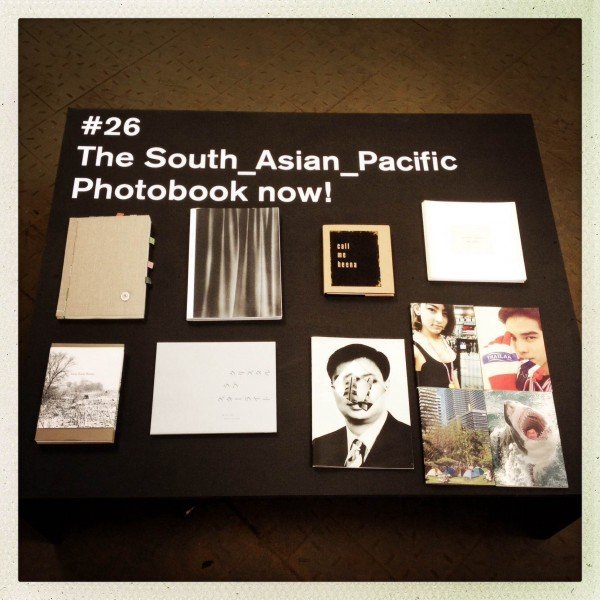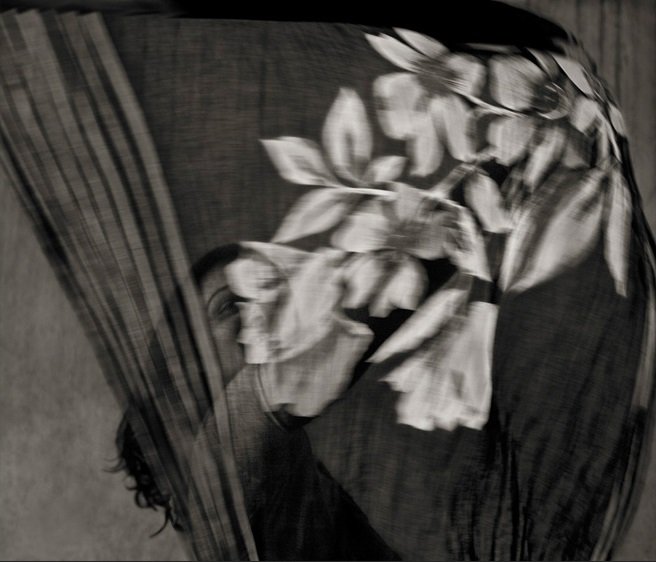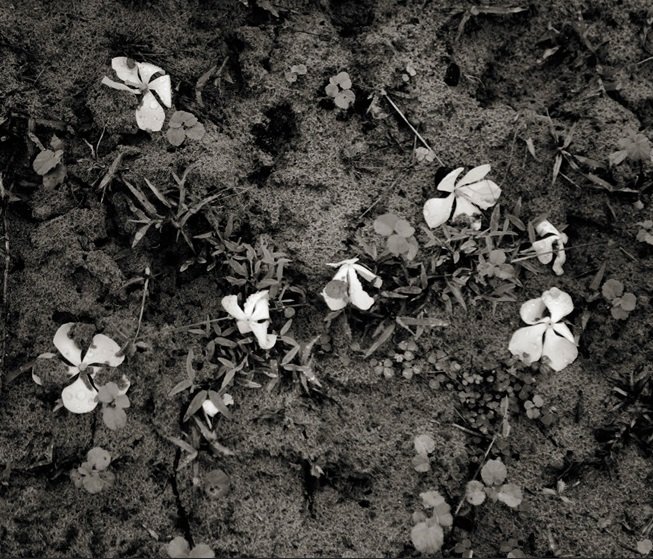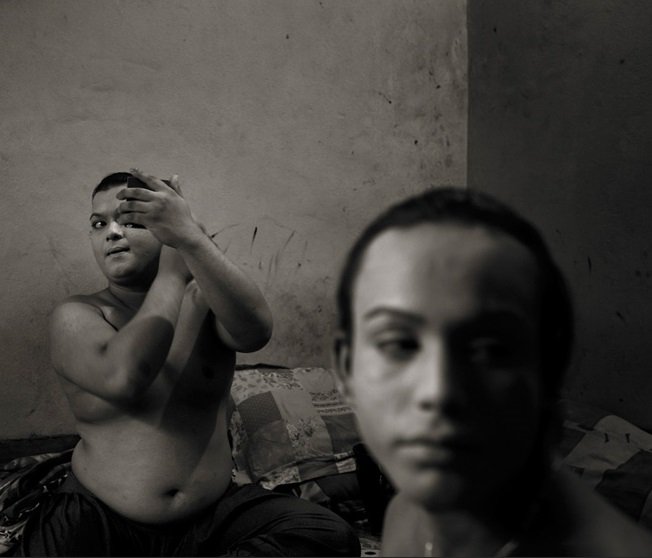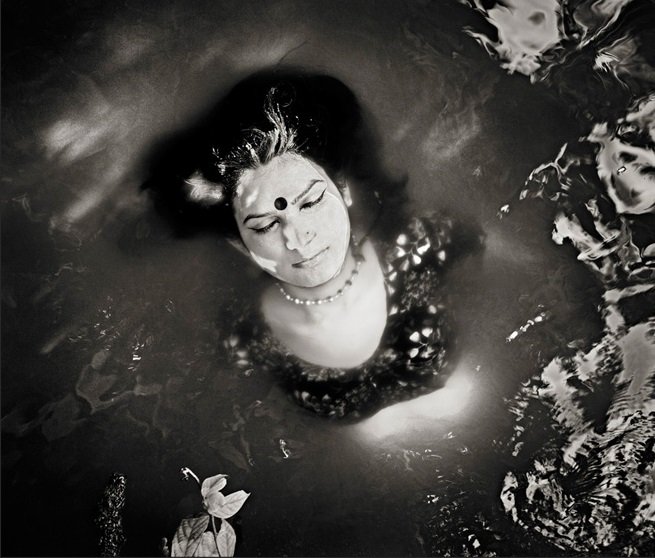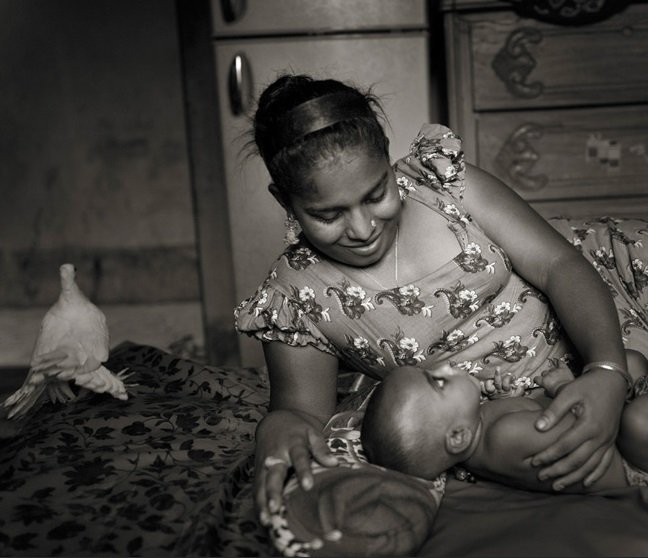Bangladesh –
“I feel like a mermaid. My body tells me that I am a man but my soul tells me that I am a woman. I am like a flower, a flower that is made of paper. I shall always be loved from a distance, never to be touched and no smell to fall in love with.” Heena (51)
Hijra, a term of South Asia which have no exact match in the modern western taxonomy of gender, designated as male at birth people who have feminine gender identity and adopt feminine gender roles. They are often grossly labeled as hermaphrodites, eunuchs, transgender or transsexual women in literature, presently a more justified social term for them is the Third Gender. Transcending biological definition Hijras are more a social phenomena as a minority group and have a long recorded history in South Asia. But their overall social acceptance and present conditions of living vary significantly in countries like Bangladesh, India and Pakistan. Perhaps the Hijras in Bangladesh faces the worst situation, which forces a good number of them to leave their motherland, to migrate to India.
The Hirjas come from many different kinds of social and family backgrounds but they have a strong sense of belongings to their group. The group gives them the shelter of a family and the warmth of human relationship. Outside the group they are discriminated and scorned almost everywhere. Traditionally they used to earn their living based on the cultural belief that Hijras can bless one’s house with prosperity and fertility. Because of our shared geographical and cultural history of the subcontinent this particular Hindu belief was assimilated with Muslim culture of this land. Times have changed and Hijras have lost their sacred space in the social fabric. Now they make a living by walking around the streets collecting money from shopkeepers, bus and train passengers or by prostitution.
I, like almost everyone else in my society, was raised to see them as less than human. Their habits, way of life, and even their looks marked them as apart, different and deviant. Then I met Heena and she made me see how wrong I was. She opened her life to me, made me a part of her world and helped me to see beyond the word Hijra. She made me understand her, and others who live in her community, as the mothers, daughters, friends and lovers that they actually are.
In today’s world Hijras hardly get an opportunity to have a normal life. They do not get the opportunity to get admitted to schools, they are never employed in the government jobs, no private company in Bangladesh would want to see them in their employee list. They neither have access to the legal system nor they receive the proper health services. Photography has always been an extremely effective tool to challenge the social stigma and help unleash a different reality to the world. I hope my work will help the Hijras to find a breathing space in a claustrophobic society like ours and it will help them to find new friends in their friendless world.
Written & Photography by Shahria Sharmin
Shahria Sharmin’s book dummy was recently curated by Emaho Founder, Manik Katyal as part of the small exhibition of photo books from Asia for the The PhotoBookMuseum, Germany.
